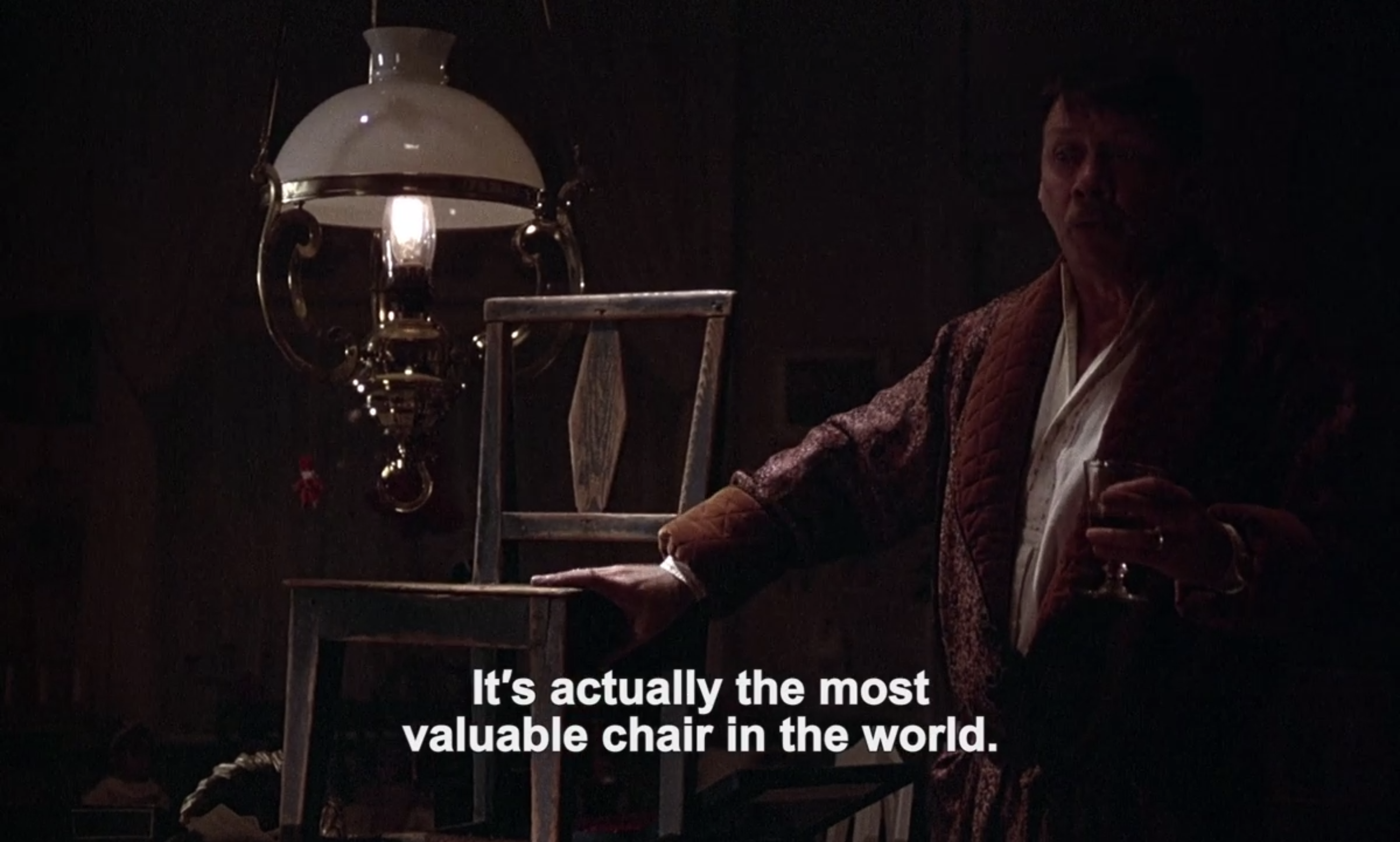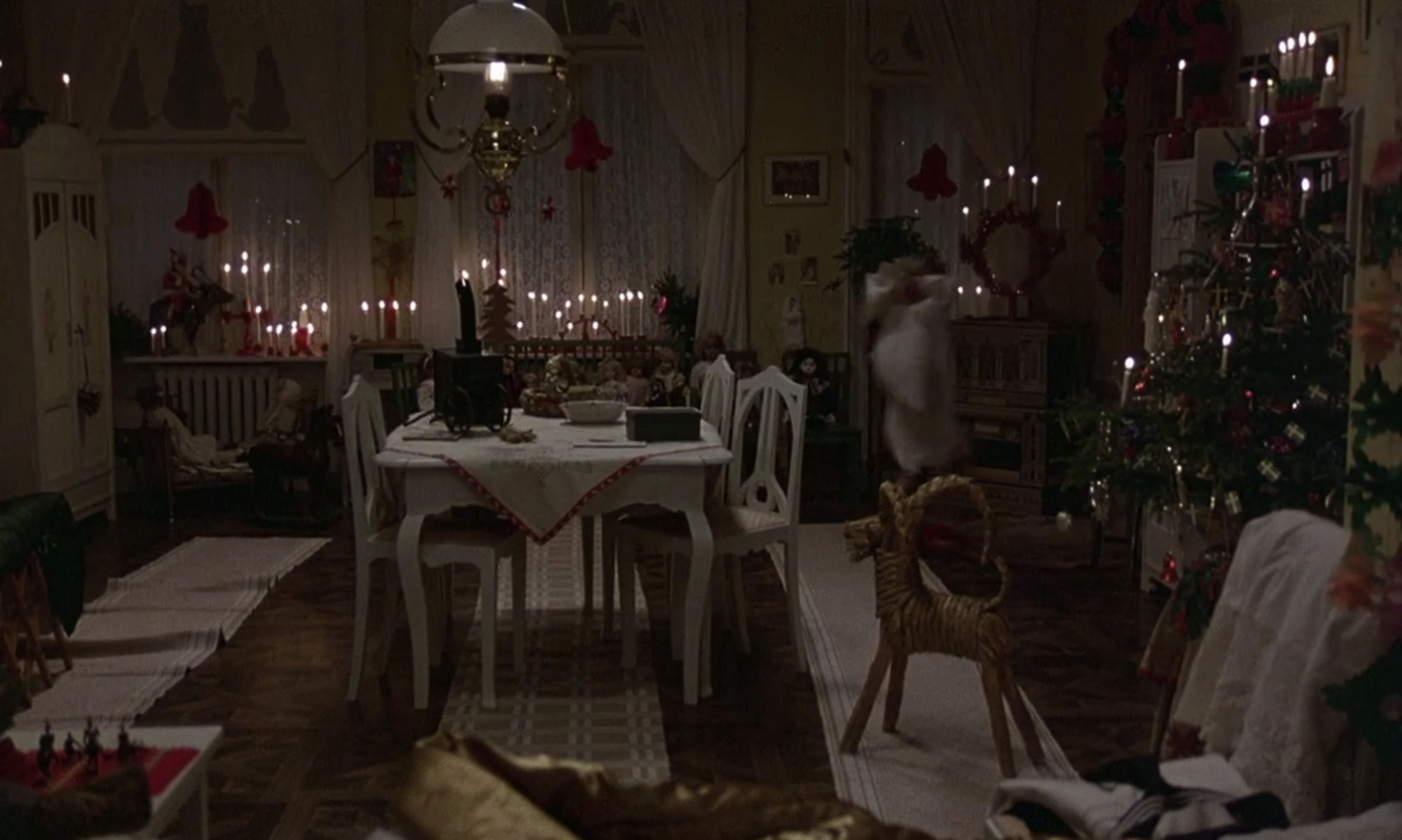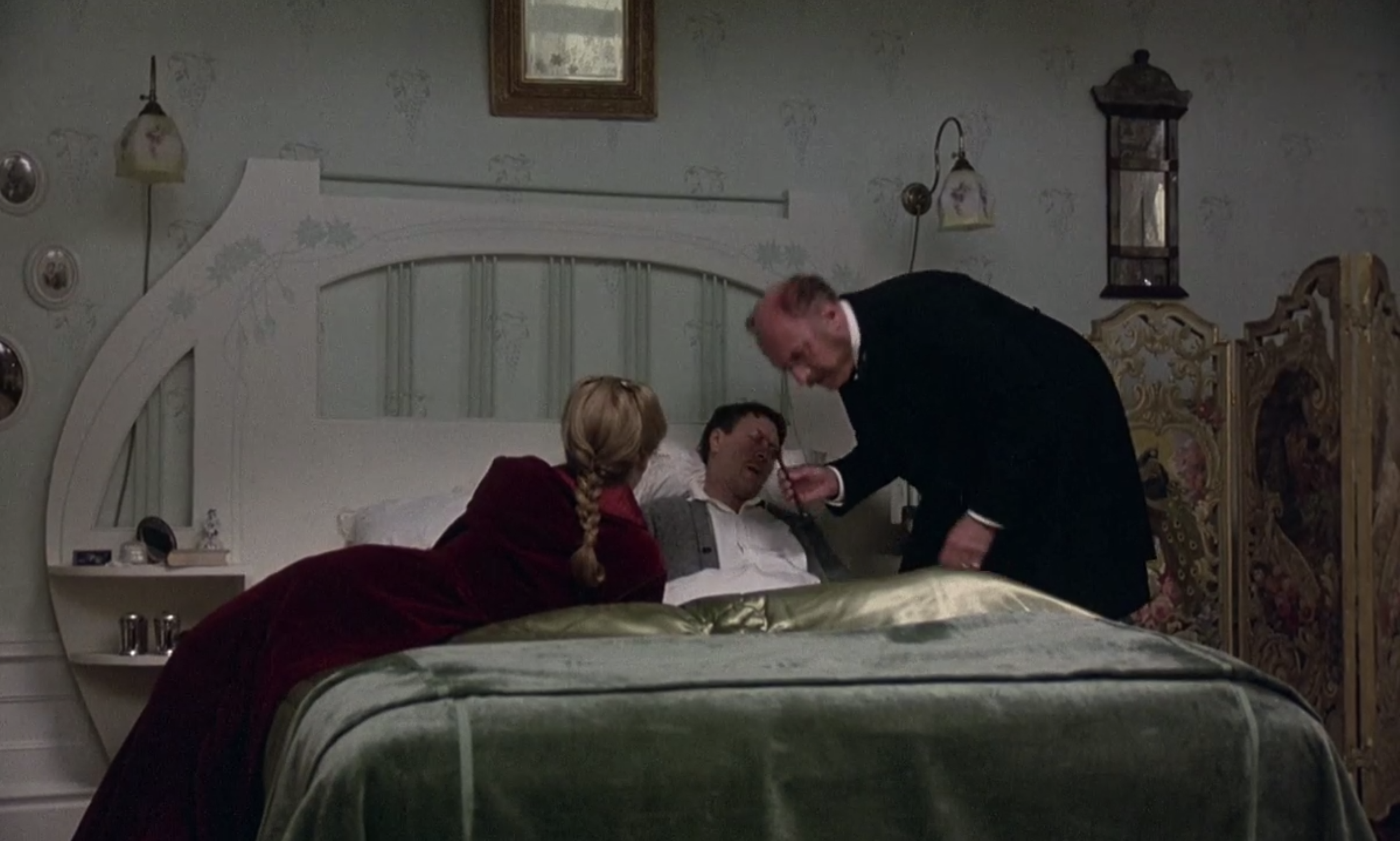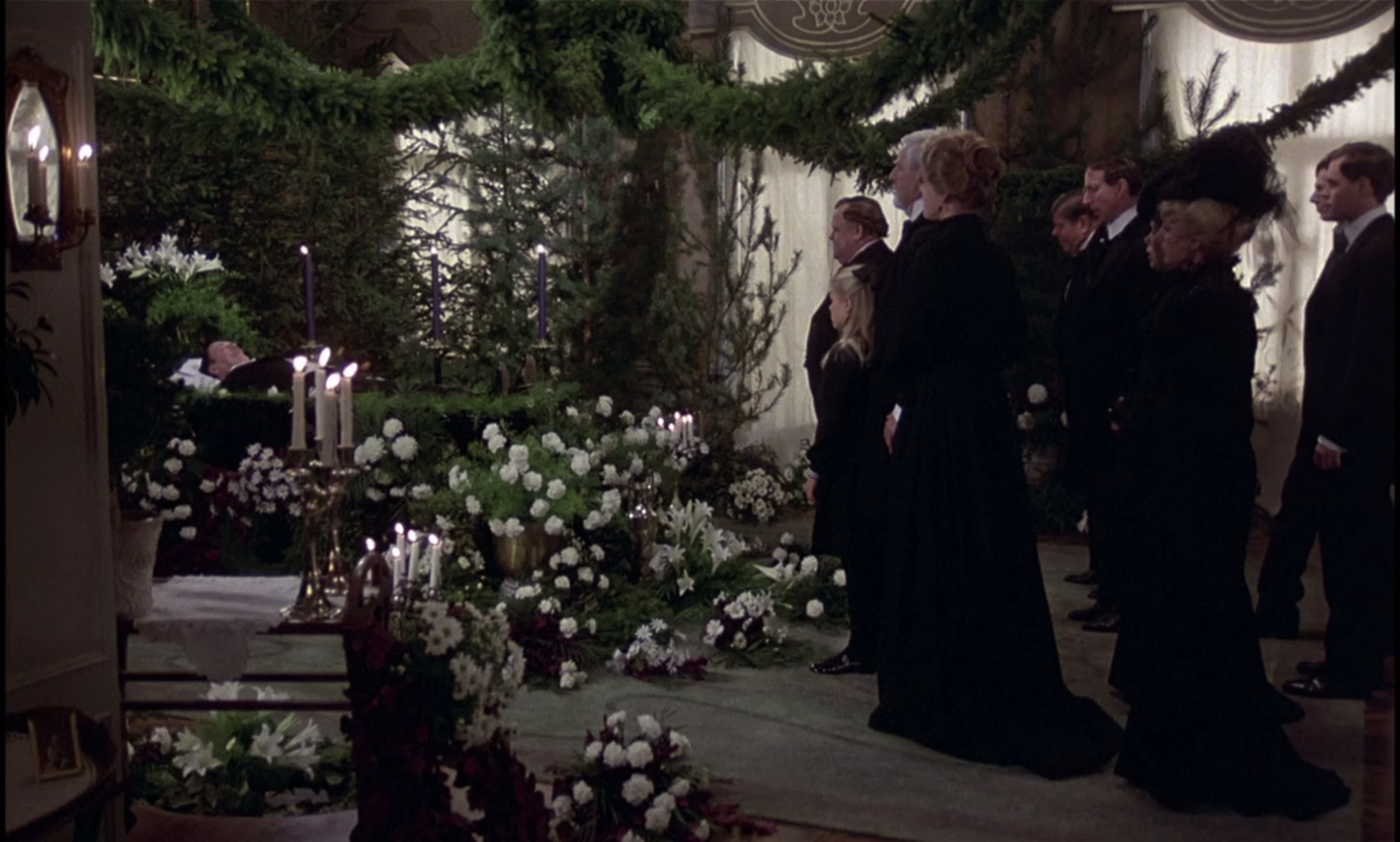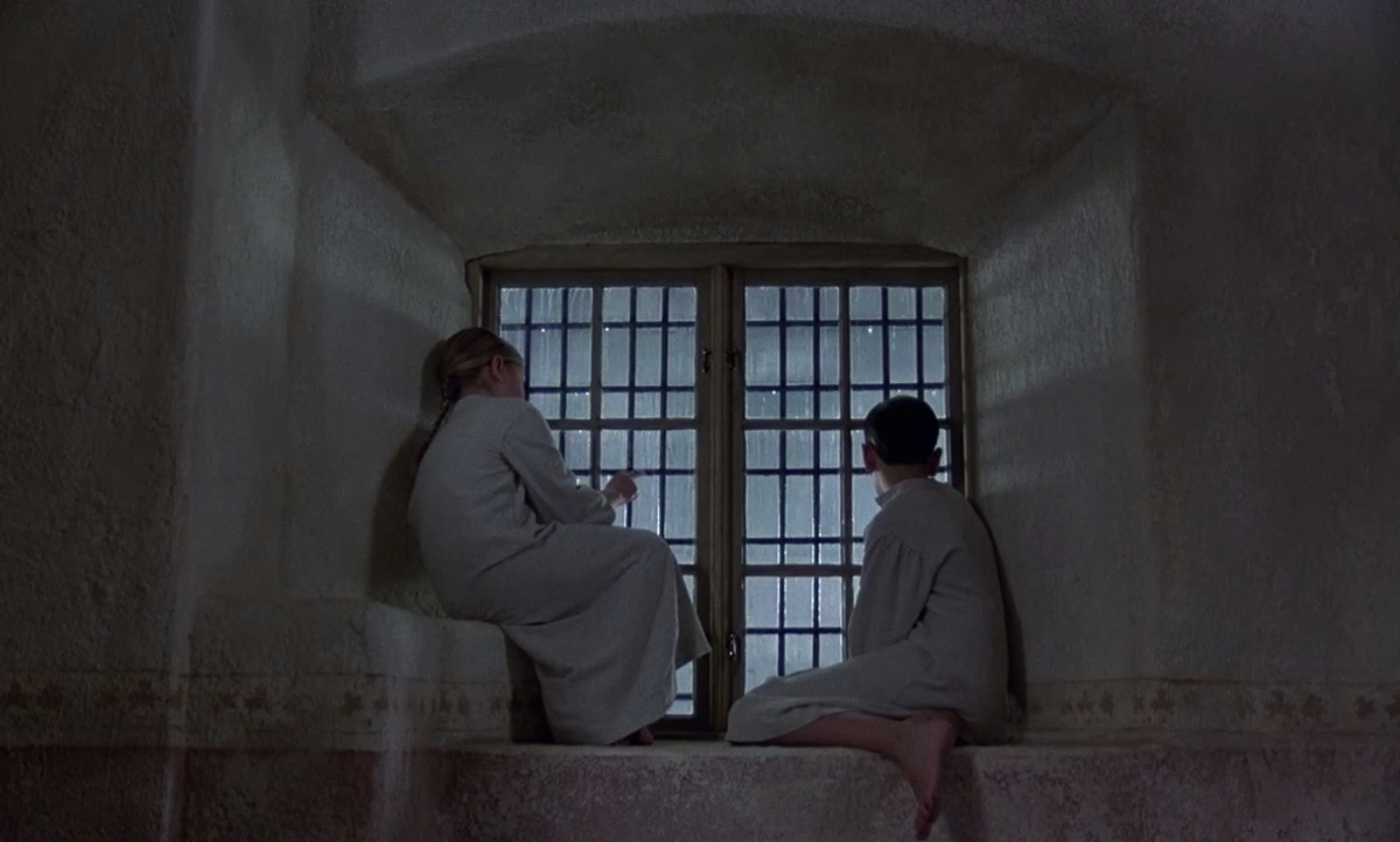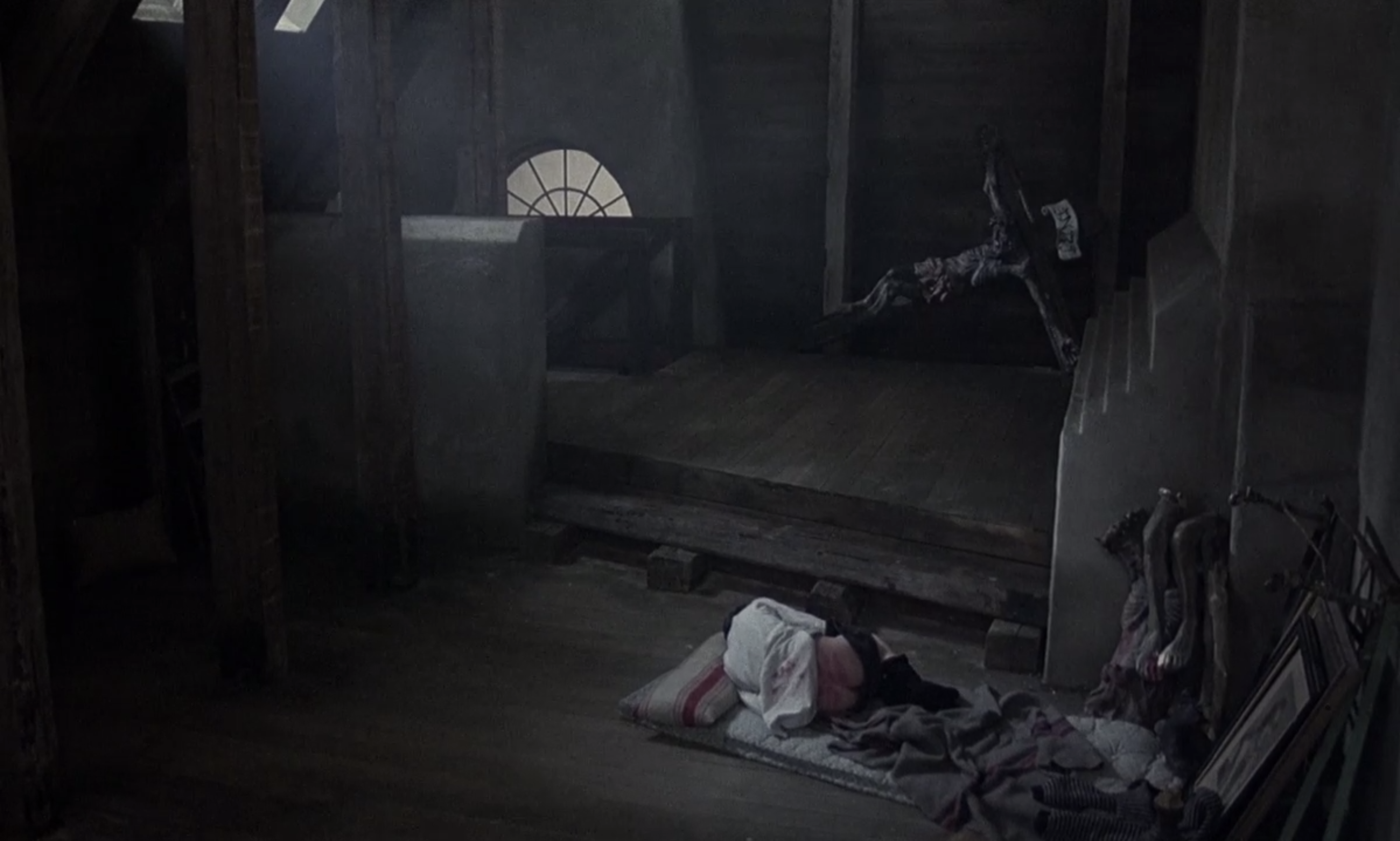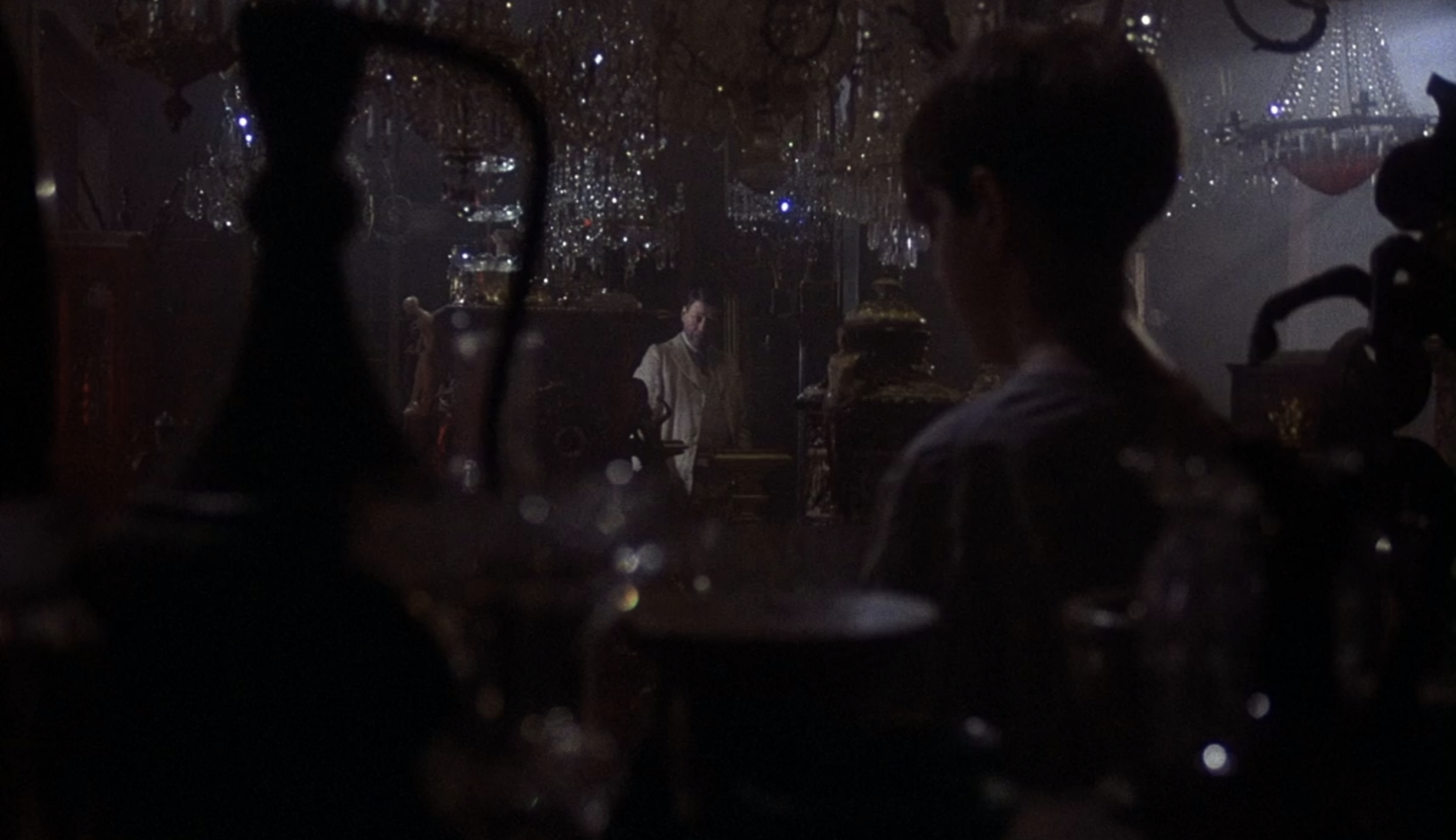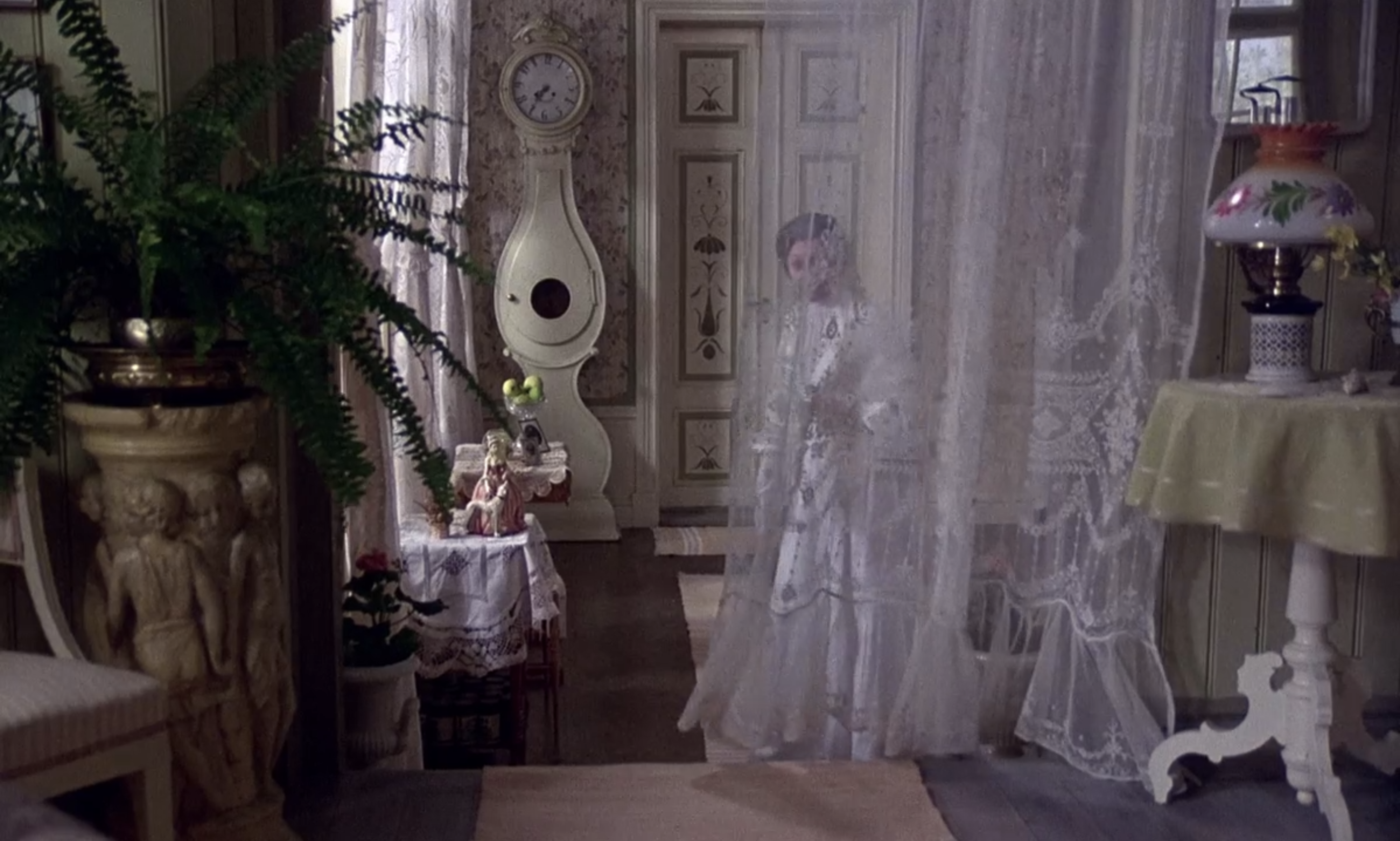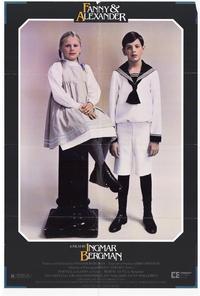 "The Furniture," by Daniel Walber, our weekly series on Production Design returns for Season 3! Kicking off with an episode of our Ingmar Bergman Centennial Mini-Series.
"The Furniture," by Daniel Walber, our weekly series on Production Design returns for Season 3! Kicking off with an episode of our Ingmar Bergman Centennial Mini-Series.
There is so much to say about Fanny and Alexander. It has the visual density of The Age of Innocence, the spiritual ascent of Berlin Alexanderplatz, and Ingmar Bergman’s remarkable way with character. These elements gather together to form a benevolent and mystical dome, one which will define the young Alexander’s relationship to his family and his world. The film is built with a free sense of reality, leaping across time but lingering in resonant moments. Bergman casts the Ekdahl family as practitioners of a magical humanism, which which whisks the audience through these many hours as if in a dream.
Much of this atmosphere depends upon the film’s Oscar-winning production design.
Its furniture magic takes center stage in the first act, late into the early morning hours of Christmas. Oscar Ekdahl (Allan Edwall), Fanny and Alexander’s father, spins a fantastical yarn about an otherwise unremarkable wooden chair. Its long history and hidden power, he says, make it the most valuable in the entire world. Between the flickering gas lights, the holiday atmosphere and the mood of childlike wonder, we are all taken in...
The entire Christmas sequence conjures a charmed, saturnine magic. There are so many candles, it seems a miracle the entire house doesn’t burst into flame. This wintry illumination warms and lulls both the Ekdahls and the audience into a state of calmed satisfaction.
But the house’s magical qualities emerge even before the Christmas sequence begins, in a short prologue. Alexander skitters around the house, flitting between the curtains and hiding under the tables. But this busy space isn’t simply an inanimate playground of landscape paintings and tasteful lamps. Its statues can come to life.
The light greens don’t suggest the dark finality of a death scene at all, though that is what occurs. And though Oscar dies, he remains present as the film moves forward, paying visits to both his son and his mother. This continuity is even more lushly presented by his funeral, a verdant wonderland of green ferns and white flowers.
Not too long after his death, however, Oscar’s wife Emilie (Ewa Fröling) remarries. Fanny and Alexander move into the home of Bishop Vergerus (Jan Malmsjö), a sanctimonious bully who lives according to the stark principles of his religion. His home is appropriately spare, blank walls only occasionally decorated with the sombre and medieval face of a saint.
